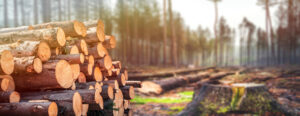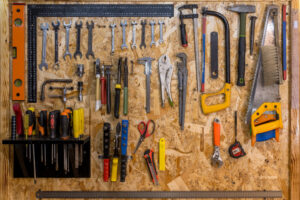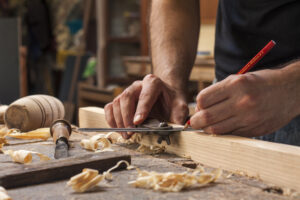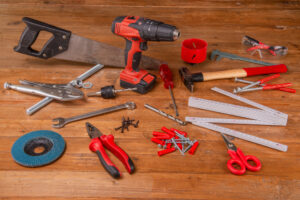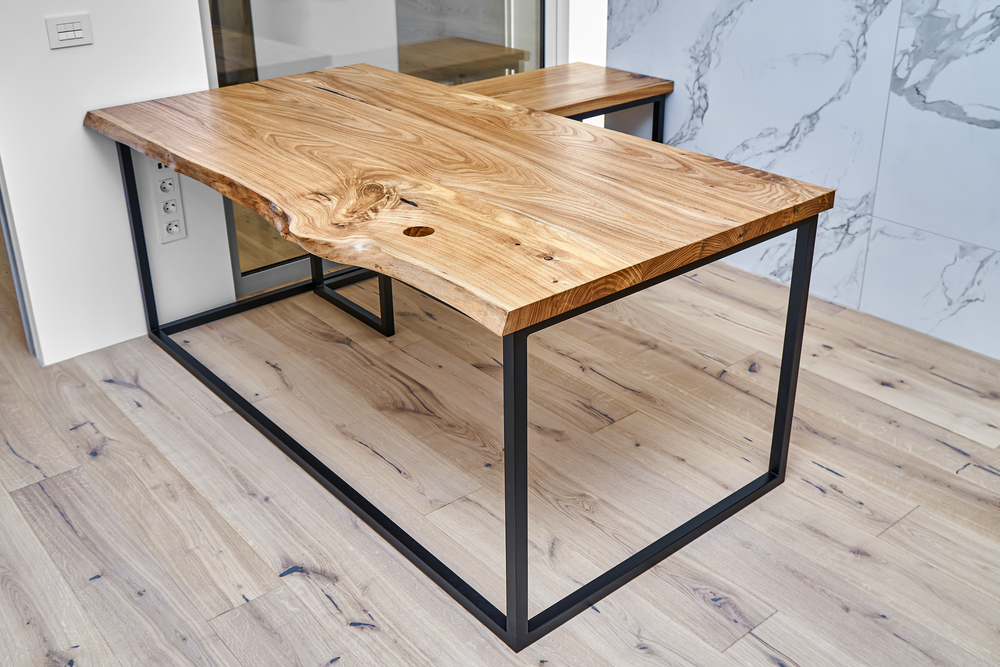
Greetings, fellow woodworking enthusiasts! In this guide, I’ll share valuable insights on selecting the perfect wood for your next project. Whether you’re building an outdoor bench or a rustic jewellery box, choosing the right wood is essential for a successful outcome. Let’s dive into the world of wood selection and explore the factors that should influence your decision.
Key Takeaways
- Defining your project’s requirements is crucial before selecting wood.
- Consider factors such as the project’s purpose, characteristics, and budget.
- Wood grain affects the appearance and texture of your project.
- Wood density determines durability and workability.
- Popular hardwoods include maple, oak, and cherry, while softwoods like pine and redwood are also widely used.
Defining Your Woodworking Project
Before embarking on your woodworking project, it’s essential to define its purpose and requirements. Understanding these factors will help you select the right wood that suits your needs. Consider whether your project will be placed outdoors, like an outdoor bench, or indoors, such as a rustic jewellery box. Determining the characteristics and budget constraints is also crucial for a successful outcome.
If your project will be exposed to natural elements, like an outdoor bench, durability becomes a top priority. In such cases, hardwoods are an ideal choice due to their inherent strength and resistance to weathering. Hardwoods like teak or oak can withstand outdoor conditions, making them suitable for long-lasting and sturdy creations.
In contrast, if you’re working on a project that won’t encounter harsh weather conditions, softwoods are a more affordable option to consider. Softwoods like pine or cedar are easier to work with and can provide a warm and inviting touch to your indoor designs, such as a rustic jewellery box.
To further aid your decision-making process, here is a breakdown of the characteristics and budgets associated with different wood types:
| Wood Type | Characteristics | Budget |
|---|---|---|
| Hardwoods (e.g. Teak, Oak) | High durability and strength Resistant to weathering | Higher cost |
| Softwoods (e.g. Pine, Cedar) | More affordable Warm and inviting aesthetic | Lower cost |
By defining your woodworking project and considering its specific characteristics and budget, you can select the perfect wood that aligns with your requirements. Whether it’s an outdoor bench or a rustic jewellery box, your choice of wood will contribute to the overall look, durability, and success of your project.
Types of Wood Grain
Wood grain is an important aspect to consider when selecting the right wood for your project. It refers to the pattern and texture of the wood, which can greatly impact the final look and feel. There are two main types of wood grain: open grain and closed grain.
Open Grain Wood
Open grain wood has visible pores, giving it a distinct and rugged look. This type of wood is known for its natural beauty and texture. It often showcases a more rustic and organic aesthetic. Some examples of open grain woods include cypress, redwood, and oak.
Closed Grain Wood
Closed grain wood, on the other hand, has a smoother finish with less visible pores. This type of wood is often preferred for a more polished and refined look. It provides a sleek and elegant appearance to your project. Examples of closed grain woods include cherry, maple, and mahogany.
Choosing between open grain and closed grain wood depends on the desired outcome of your project. If you’re looking for a distinct and rugged look, open grain wood is a great choice. However, if you prefer a smoother finish, closed grain wood will provide a more refined appearance.
Types of Wood Density
When choosing the right wood for your project, it’s important to consider the density of the wood. Wood density plays a significant role in determining its durability and workability. Wood can be classified into two main categories based on density: hardwood and softwood.
Hardwood
Hardwoods are known for their dense structure, which gives them enhanced durability and strength. They are typically derived from deciduous trees such as oak, maple, and cherry. Due to their density, hardwoods are ideal for heavy-use furniture and other applications where strength is crucial.
Softwood
Softwoods, on the other hand, have a lower density compared to hardwoods. They are obtained from coniferous trees like pine, cedar, and spruce. As a result of their pliable nature, softwoods are easier to manipulate and work with. They are commonly used in construction and interior projects.
Here’s a comparison between hardwood and softwood:
| Category | Density | Durability | Workability |
|---|---|---|---|
| Hardwood | High | Durable | Requires special tools |
| Softwood | Low | Less durable | Easier to manipulate |
Considering the durability and workability of different wood types is crucial when selecting the right wood for your project. Assess the specific requirements of your project and choose the appropriate wood based on its density and characteristics.
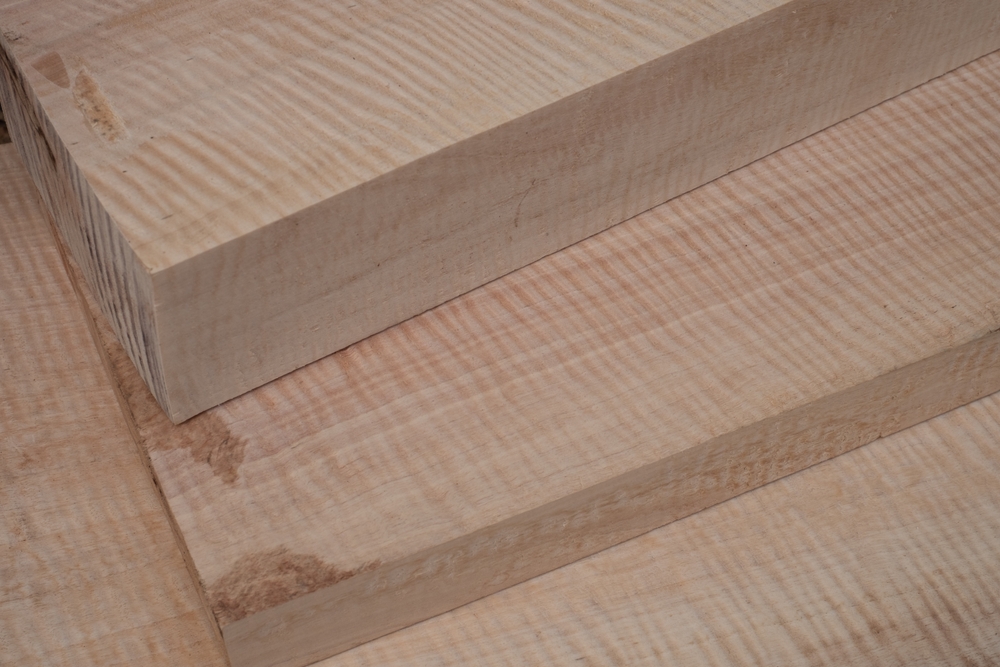
Popular Hardwoods and Softwoods
When it comes to choosing the right wood for your project, it’s important to consider the popular hardwoods and softwoods available. Let’s explore some of the top choices:
Hardwoods
1. Maple: Known for its density, maple is a popular choice for heavy-use furniture. Its strength and durability make it ideal for long-lasting pieces.
2. Oak: Renowned for its sturdiness, oak is a go-to option for furniture that needs to withstand daily wear and tear. Its attractive aesthetics and smooth grain pattern add a touch of elegance to any project.
3. Cherry: Cherry wood is prized for its rich colour and beautiful grain. It offers a smooth finish and is often used in high-end furniture and cabinetry.
Softwoods
1. Pine: Pine is a versatile and affordable softwood that is widely used in various projects. It’s known for its light colour and straight grain, making it suitable for both indoor and outdoor applications.
2. Redwood: Redwood is a popular choice for outdoor projects due to its natural resistance to moisture, rot, and insects. Its vibrant red hue adds warmth and character to any outdoor space.
3. Cedar: Cedar is prized for its natural durability and resistance to decay. It’s commonly used in outdoor projects such as decking, fences, and garden furniture.
When selecting the right wood for your project, consider its characteristics, durability, and aesthetic appeal. Whether you opt for a popular hardwood like maple or oak, or a versatile softwood like pine or cedar, choosing the right wood is essential for a successful woodworking project.
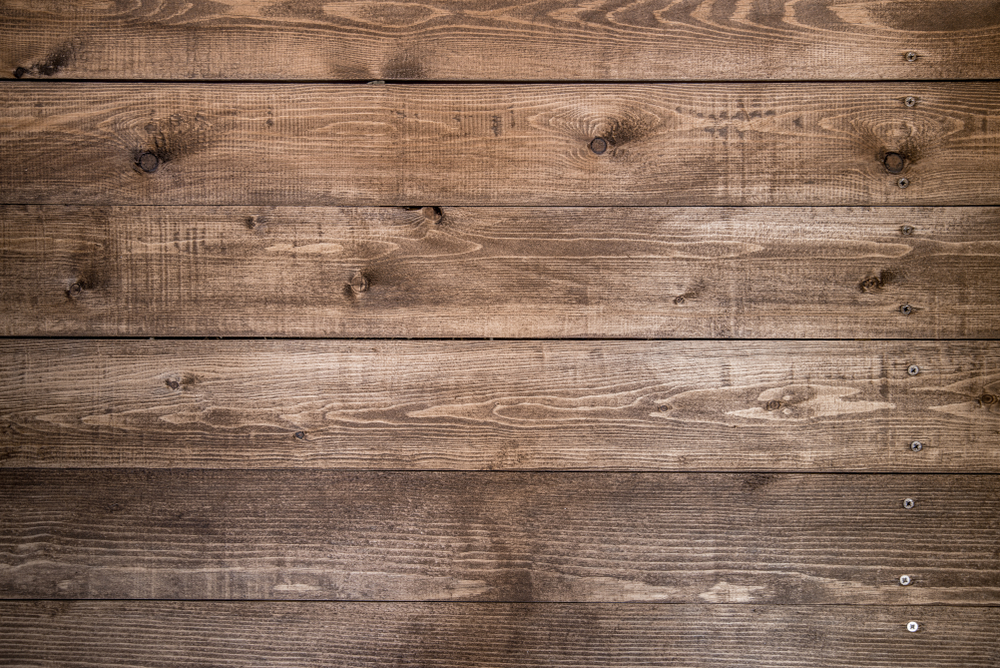
Finishing Touches and Tips
Now that you’ve chosen the perfect wood for your project, it’s time to add the finishing touches and protect your work. Here are some essential tips and techniques to enhance the appearance and longevity of your woodwork.
Wood Treatments
Wood treatments play a vital role in preserving your wood and enhancing its durability. Consider using topcoats and preservatives that provide protection against UV rays and water damage. These treatments create a protective barrier that can significantly extend the lifespan of your woodwork.
Staining Wood
Staining wood is an excellent way to add colour and depth to your project. However, it’s crucial to choose the right stain for your specific type of wood. Different wood species absorb stain differently, so it’s essential to test the stain on a small, inconspicuous area before applying it to the entire piece. This will ensure that you achieve the desired colour and finish without compromising the integrity of the wood.
Applying a Topcoat or Varnish
Once you’ve stained the wood, applying a topcoat or varnish can further enhance its appearance and protect it from wear and tear. A topcoat acts as a protective layer, sealing the wood and preventing moisture damage. Varnish gives the wood a glossy finish and enhances its natural beauty. Take care to apply the topcoat or varnish in even, smooth strokes for the best results.
Using Oil for Wood Care
Applying oil to your woodwork can help nourish the wood and prevent it from drying out or cracking over time. There are different types of wood oils available, such as linseed oil or Danish oil, each with its unique characteristics. Ensure that you choose an oil that is suitable for your wood type and follow the manufacturer’s instructions for application.
Protecting Against Light Exposure
It’s important to note that certain wood types, such as maple, oak, and cherry, may darken over time when exposed to light. To minimize this effect, consider placing your woodwork away from direct sunlight or using UV-resistant finishes. This will help preserve the original colour of the wood and maintain its aesthetic appeal.
| Finishing Tip | Description |
|---|---|
| Use Fine-Grit Sandpaper | Before applying any finishes, sand the wood with a fine-grit sandpaper to create a smooth surface and remove any imperfections. |
| Apply Multiple Coats | For a professional finish, apply multiple coats of your chosen finish, allowing each coat to dry thoroughly before applying the next. |
| Follow Proper Ventilation | When working with wood finishes, ensure you are in a well-ventilated area to prevent inhaling potentially harmful fumes. |
| Sand Between Coats | If you notice any bumps or imperfections between coats, lightly sand the surface before applying the next coat for a smooth finish. |
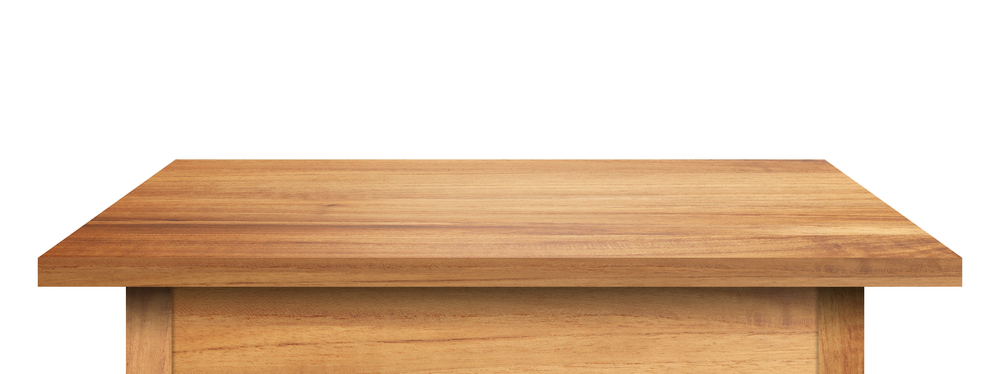
Conclusion
Selecting the right wood for your project is essential for its success. By carefully considering the project requirements, wood characteristics, durability, aesthetics, and budget, you can make informed choices that will result in a visually appealing and durable outcome.
First, define your woodworking project to determine whether it will be used indoors or exposed to natural elements. This will influence the type of wood you choose. Hardwoods like oak and cherry are ideal for outdoor use due to their durability, while softwoods such as pine are more affordable and suitable for interior projects.
Next, consider the wood grain and density. Open grain woods like cypress and oak provide a distinct and rugged look, while closed grain woods like maple and mahogany offer a smoother finish. Hardwoods tend to be denser and require special tools, whereas softwoods are more pliable and easier to work with.
Lastly, don’t forget the finishing touches and tips. Applying wood treatments like topcoats and varnishes can protect the wood from UV damage and water. Staining the wood can enhance its appearance, but be sure to choose treatments that are compatible with the type of wood you selected. Additionally, keep in mind that some woods may darken over time with exposure to light.
By following these guidelines and taking the time to choose the right wood for your project, you can ensure that your woodworking endeavors result in a beautiful and long-lasting outcome.
FAQ
How do I choose the right wood for my project?
To choose the right wood for your project, it’s important to define the purpose and requirements of your woodworking project. Consider whether it will be exposed to natural elements or used indoors, as well as the specific characteristics and budget constraints.
What are the types of wood grain?
There are two types of wood grain: open grain and closed grain. Open grain wood has visible pores, giving a distinct and rugged look to your project. Closed grain wood gives a smoother finish.
How can I determine the wood density?
Wood can be classified as either hardwood or softwood based on its density. Hardwoods are more durable and require special tools to work with, while softwoods are more pliable and easier to manipulate.
Which are the popular hardwoods and softwoods?
Some popular hardwoods for woodworking projects include maple, oak, and cherry. Popular softwoods include pine, redwood, and cedar.
What are some finishing touches and tips for wood projects?
Wood treatments like topcoats and preservatives can provide UV protection and water resistance. Staining wood can give it a desired look, but it’s important to choose appropriate treatments based on the type of wood.
What should I consider when choosing the right wood for my project?
When selecting the right wood for your project, consider factors such as project requirements, wood characteristics, durability, aesthetics, and budget.
- Drill Battery Maintenance: Essential Tips for Cordless Drill Battery Care - February 5, 2024
- Troubleshooting Drill Issues - February 5, 2024
- Quick Drilling Techniques - February 2, 2024


